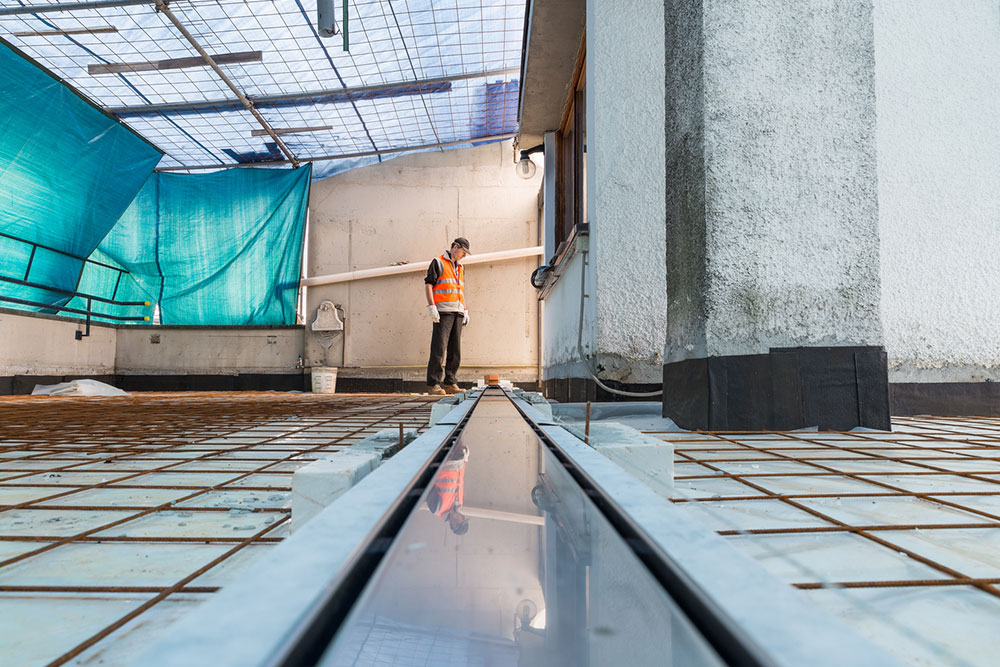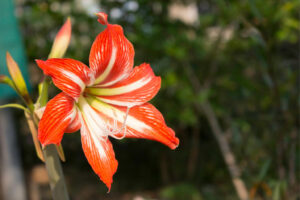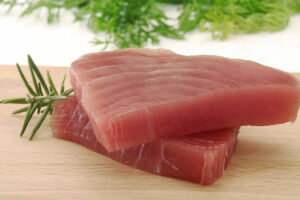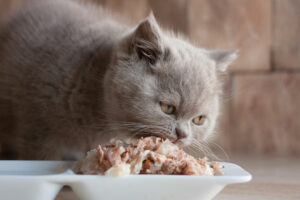7 common basement waterproofing mistakes to avoid

If an individual owns a home with a basement, it is important to keep an eye out for any leakage issues that may cause flooding or other water damage. Though water problems in the basements are common, one should take the right steps, such as waterproofing the basement, to prevent such mishaps. However, people often make a few common mistakes while waterproofing the basement. Here are some such mistakes that homeowners must avoid.
Relying only on paint
There are waterproof paints available on the market, but one must know that a coat of waterproof paint alone does not solve all the problems. Experts suggest there should be different layers of protection against water damage in the basement, so using sealant or membrane is recommended for the area. Waterproof paint is not 100% effective as it can eventually come off, and cracks on the wall may expose it to water. Therefore, one must always use multiple layers of protection for better results.
Not repairing cracks
Before starting the waterproofing process in the basement, one should look around and see if there are any cracks in the wall. If one notices any cracks, the first thing to do is fix it. These gaps allow the water to seep into the basement and cause further problems. Even if one attempts to waterproof over the cracks, it will not be effective and may lead to even more problems down the line.
Draining flooded basements too fast
The natural reaction of any homeowner is to quickly drain the water from the basement in case of flooding. However, it is important to consider a few things before doing so. Analyze the situation and understand why the water has been collected. Is it because of the storm, or has any water body collapsed and reached everywhere in the region, including one’s basement? If this is the case, the pressure around the basement will be high, and if the water is drained too quickly, the flooding outside will easily seep back in due to the change in pressure in its surroundings. Consider these scenarios before rushing to drain the water from the basement.
Not allowing enough time to dry
Once the water is drained from the basement, it is time to let the room breathe. Don’t be eager to waterproof right away. The place needs time for the walls to dry, which will help one recognize any leaks one may have missed earlier. Once the basement is dry, get an inspection done by a professional and check for any other damages that need to be fixed before waterproofing the place. Some tips to dry out the basement include using a dehumidifier, turning on the fan, opening all the windows, allowing for ventilation for a few days, and so on.
Not checking the surrounding soil
This is a common mistake that often goes unchecked. Always analyze the soil surrounding the house and the basement. Often, water seeps into the basement because the soil has too much moisture and soaks up a lot of water. Experts suggest that it is important to ensure that the soil surrounding the house should slope away to avoid any seepage. Also, during the construction process, ensure that the depressions around the foundation are filled to prevent any water from getting filled there and causing issues later on. These simple steps can help ensure the basement remains leak and flood-free.
Delaying waterproofing
Many homeowners usually put off waterproofing their basements, thinking they will do it when the time is right. However, the right time is always now, before any damage occurs. According to statistics, most homeowners experience some sort of basement leakage. Therefore, it is crucial to consider waterproofing early on and not wait for an event to make the decision. This way, the homeowner does not have to pay for any damages or prevention costs.
Sealing cold joints
It is usually recommended not to seal off cold joints because they help keep the pressure off the ceiling and the basement walls. If these cold joints are sealed, it could risk the basement’s structure and may even lead to a collapse in some cases. One can consult an expert to learn how to deal with these gaps, which may require some sort of treatment.



